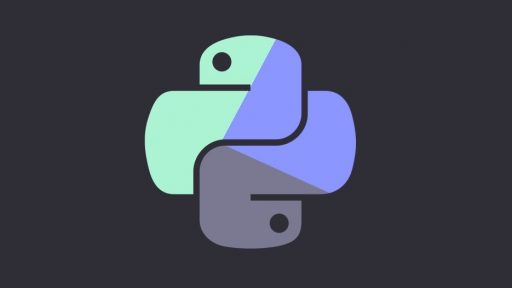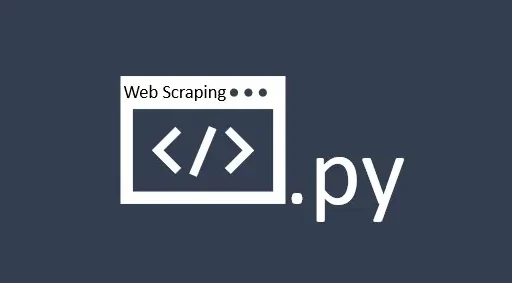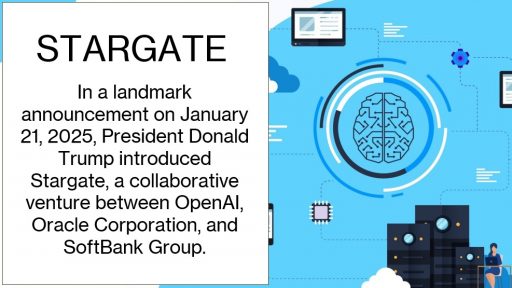Python has become a driving force in the world of Artificial Intelligence (AI), particularly in industries like healthcare, finance, and the development of bots. This programming language, known for its simplicity and power, is at the heart of many innovative solutions that are reshaping these sectors. This article explores how Python is used in AI to bring about significant changes in healthcare, finance, and bot development.
The Power of Python in AI
Python’s role in AI development has grown rapidly over the years. Its blend of simplicity, readability, and versatility makes it a top choice for developers working on complex AI projects. Several key factors contribute to Python’s prominence in AI:
- Ease of Use: Python’s straightforward syntax, resembling plain English, allows developers to write and understand code more easily. This reduces the time spent on coding and debugging, freeing up more time to focus on solving real-world problems. Both new and experienced developers find Python accessible, making it easier to collaborate on AI projects.
- Rich Ecosystem of Libraries: Python boasts an extensive array of libraries and frameworks tailored for AI and machine learning. These include TensorFlow, PyTorch, and Scikit-learn, which provide pre-built modules for building machine learning models, deep learning networks, and handling data. These tools significantly reduce development time and effort, allowing developers to concentrate on refining their AI solutions.
- Integration Capabilities: Python’s ability to integrate with other programming languages and platforms is a significant advantage. This interoperability ensures that AI solutions developed in Python can easily be integrated with other systems and technologies. Additionally, Python works well with web frameworks like Django and Flask, simplifying the deployment of AI models into production environments.
Python in Healthcare
In healthcare, Python-powered AI is making strides in diagnosing diseases, predicting patient outcomes, and personalizing treatments. For instance, deep learning models developed using Python libraries like TensorFlow and Keras are now able to analyze medical images such as X-rays, MRIs, and CT scans. These models can detect abnormalities like tumors with a high degree of accuracy, assisting radiologists in making faster, more precise diagnoses.
Python also plays a crucial role in managing and analyzing large datasets of patient records. The Pandas library, for example, allows healthcare providers to process and analyze patient data, identifying trends that can lead to better care decisions. Another significant application is in drug discovery. AI models built with Python can analyze vast amounts of biochemical data, predicting how different compounds will interact with the body. This accelerates the process of developing new medications, potentially bringing life-saving drugs to market more quickly.
Python in Finance
The financial sector has embraced Python for its ability to develop AI models that predict market trends, automate trading strategies, and assess risk. Python’s Scikit-learn and PyCaret libraries are often used to create machine learning models that forecast stock prices based on historical data and market signals. These models help traders make informed decisions, reducing potential losses.
Algorithmic trading is another area where Python shines. AI algorithms, written in Python, can automatically execute trades at the best possible times, maximizing profits for investors. Libraries like NumPy and Pandas are crucial in processing and analyzing real-time financial data, enabling quick decision-making in volatile markets. Python is also used to develop fraud detection systems. These AI-powered systems analyze transaction data to identify suspicious patterns, helping financial institutions protect against fraud and maintain the security of their operations.
Python in Bot Development
Bots, ranging from customer service assistants to personal helpers, rely heavily on AI for their functionality. Python is a popular choice for developing these bots due to its simplicity and the powerful AI libraries available. For example, bots that use Natural Language Processing (NLP) to understand and respond to user queries often rely on Python libraries like NLTK and spaCy.
In customer service, Python-powered bots can handle a wide range of tasks, from answering frequently asked questions to assisting with complex issues. These bots can be integrated into websites, apps, and social media platforms, providing users with instant support. Python’s flexibility also allows developers to create bots that can learn from interactions, improving their performance over time.
Personal assistant bots, like those used in smart home devices, also benefit from Python’s capabilities. These bots can schedule appointments, send reminders, and even control home automation systems, all through simple voice commands. Python’s extensive libraries make it easy to build and refine these bots, ensuring they can understand and respond to user needs effectively.
The Future of Python and AI
As AI continues to evolve, Python’s role in its development will only grow stronger. The language’s adaptability and the continuous development of new tools ensure that Python remains relevant in the face of increasingly complex AI challenges. In healthcare, finance, and bot development, Python is set to drive further innovations that will continue to transform these industries.
The future of Python in AI also includes a focus on ethical AI development. As concerns about bias, transparency, and accountability in AI grow, developers are working on creating tools that promote responsible AI practices. This includes developing models that are fair, understandable, and inclusive, ensuring that AI benefits everyone, not just a select few.
Thank you reading this article. We hope you found it helpful and informative. If you have any questions, or if you would like to suggest new Python code examples or topics for future tutorials/articles, please feel free to join and comment. Your feedback and suggestions are always welcome!
You can find the same tutorial on Medium.com.


